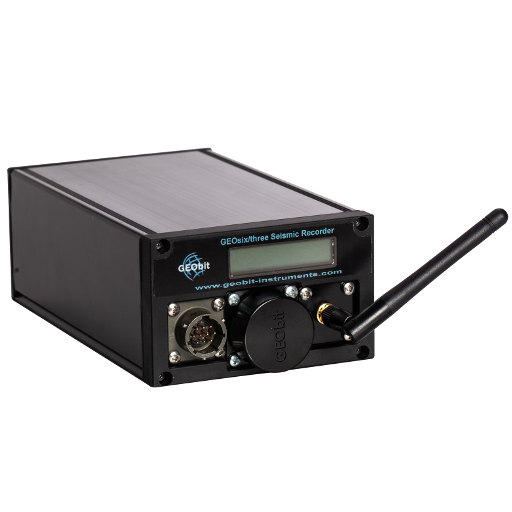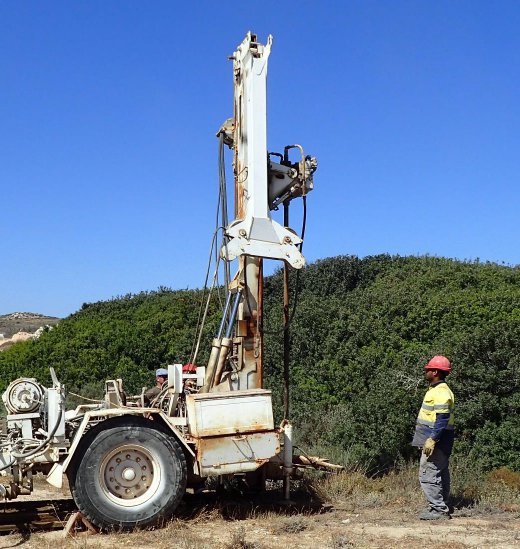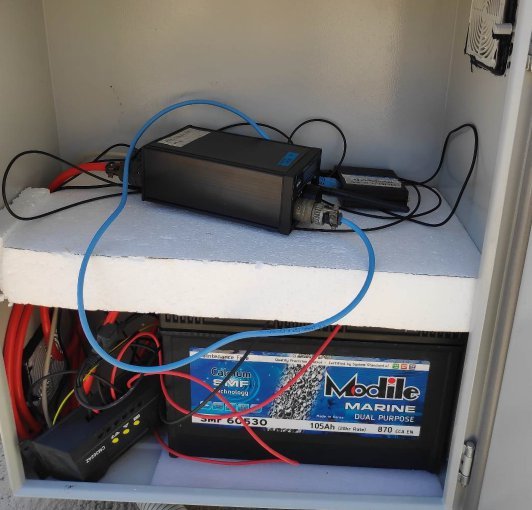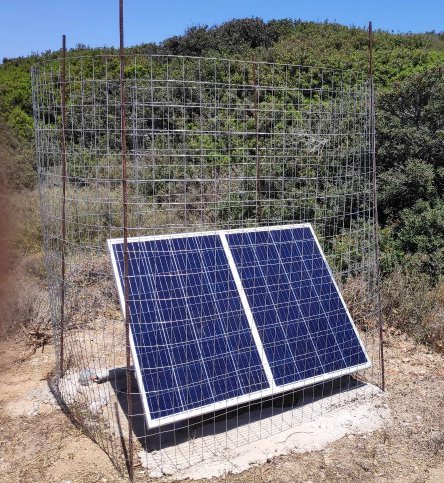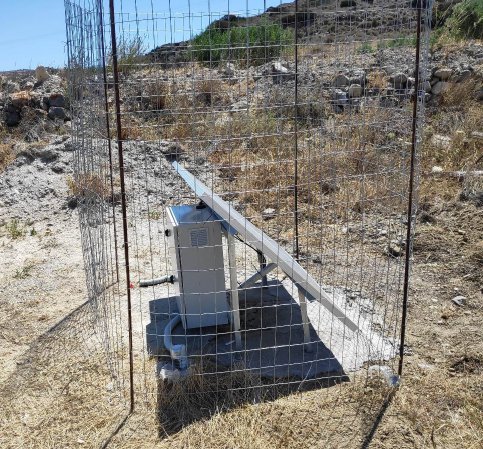Induced Seismicity Monitoring
1. Introduction
2. Seismic Stations
The GEObit hardware, the battery, the battery charge controller, and the GSM router are housed into metallic boxes, custom made for the project. The stations were tested before deployment. The sensors were placed into boreholes for achieving better signal to noise ratio.
Picture 3
Drilling the site.
Picture 4
C100 sensor Installation.
Picture 5
Geobit station.
3. Seismic Network
Several seismic stations were installed in the field, and they are still in operation. The stations are monitoring induced earthquakes as well as natural seismicity of the area.
4. Installation
The seismic stations are getting power from two 90W solar panels. Overall power consumption is very low thus allowing the use of two solar panels and a single battery, which is enough to power the seismic equipment and the GSM router for over one week, if there is no solar charging. This may happen during wintertime.
Picture 6
Geobit seismic stations
Picture 7
Geobit seismic stations

